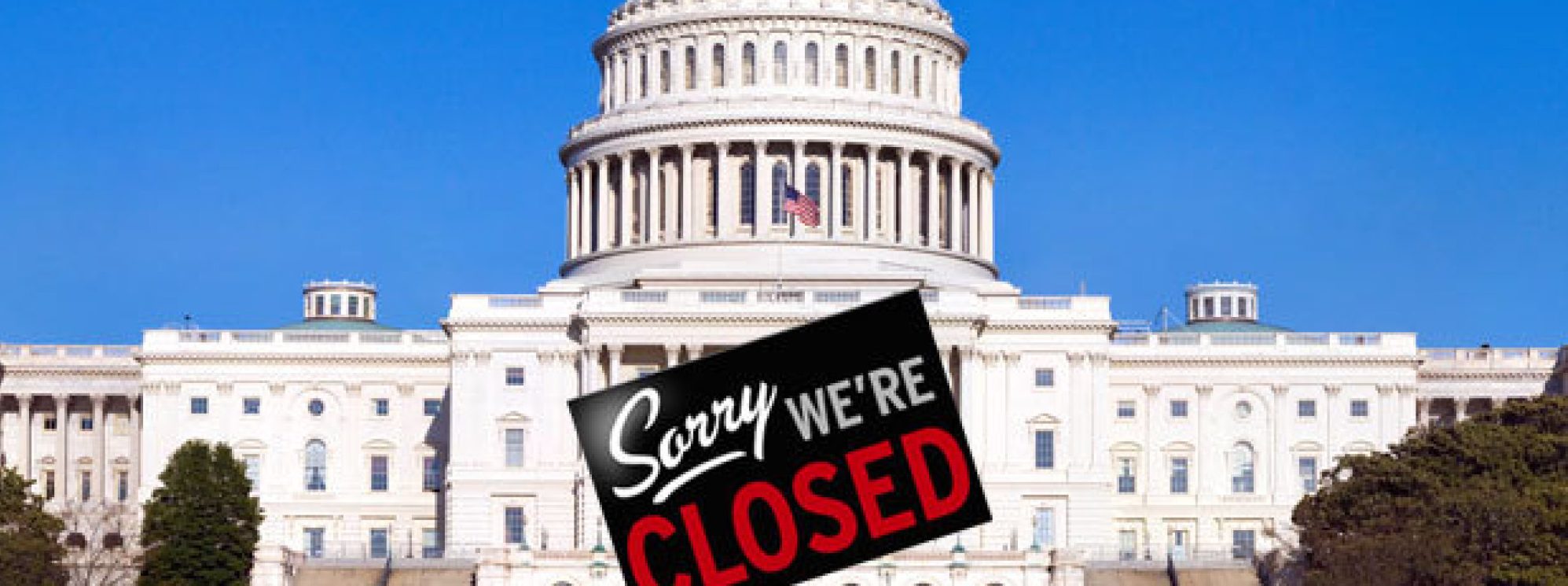We all are awaiting the final decision: will the government shut down again? How could this happen? Didn’t we learn from the incident in 2013?
It seems we haven’t. So now certain organizations like the Partnership for Public Service are evaluating the issues that seem to lead to a possible shutdown and how to prevent it in the future.
John Palguta, Vice President for Policy at the Partnership for Public Service, sat down with Christopher Dorobek on the DorobekINSIDER to discuss the PPS’s recent report, Government Disservice: Overcoming Washington Dysfunction to Improve Congressional Stewardship of the Executive Branch. In the report, the Partnership interviewed former members of Congress, congressional staff, and executive branch leaders (current and former) to evaluate the ability of the executive branch to properly operate effectively while still delivering what the American public requires.
The underlying basis to understanding where some of the issues may lie in our federal government is in remembering that everything was meant to be interconnected – aka, checks and balances. However, when those checks and balances are forgotten or misused, the system becomes flawed. Palguta pointed out that “Congress has a huge impact on how well the executive branch operates or doesn’t operate. Congress doesn’t only pass laws that authorize the executive branch to do things, but they also provide funding.”
Ultimately some of the issues that could lead to a potential government shutdown come down to proper leadership and management when planning ahead and making needed investments so there can be a return on investment (ROI) down the road. However, there are some more fundamental issues between both the executive branch and Congress. There is some obvious disconnect between the two, which is why Palguta suggested that one of the major areas both parties can work on is bettering their relationship. Palguta mentioned working to better relationships “across the aisle and across branches.” It can be best understood as a sort of trade-off of sorts: Palguta said that while “the executive branch leaders have to engage Congressional leaders, Executive leaders must, in turn, own congressional relationships by increasing their presence on the Hill.”
Through open communication and transparency the process can improve. The executive branch can utilize their Congressional Affairs staff to hold their subordinate staff accountable for developing the necessary relationships with the Hill. Similarly, Congress requires good information to understand the challenges agencies are going through throughout their members’ tenure.
Palguta shared a bit of personal insight on the matter, recalling that he himself was a federal employee for 34 years and how he had worked in government during the Reagan administration. He described his experiences by sharing that he started out during the Lyndon Johnson administration and how “there was a lot of compromise, there was a lot of discussion back and forth, and people built relationships between the administration and congress even though they had strongly different ideologies in terms of what should and should not be the role of the government.” In other words, understanding and appreciating one other, although a separate issue, remains a part of bettering relationships with one another.
Communication and transparency will continue to be issues everyone has to deal with, especially our federal government. These simple measures can make a difference, but they need to come from within. Only time will tell if we can avoid a shutdown this year, and in the years to follow.





I’m enjoying your articles Christina. Feelers are v. empathic individuals. With empathy a “Manager ” develops a deeper understanding of his organization and its goals , thereby delivering more relevant and effective leadership. Thank you for your articles.